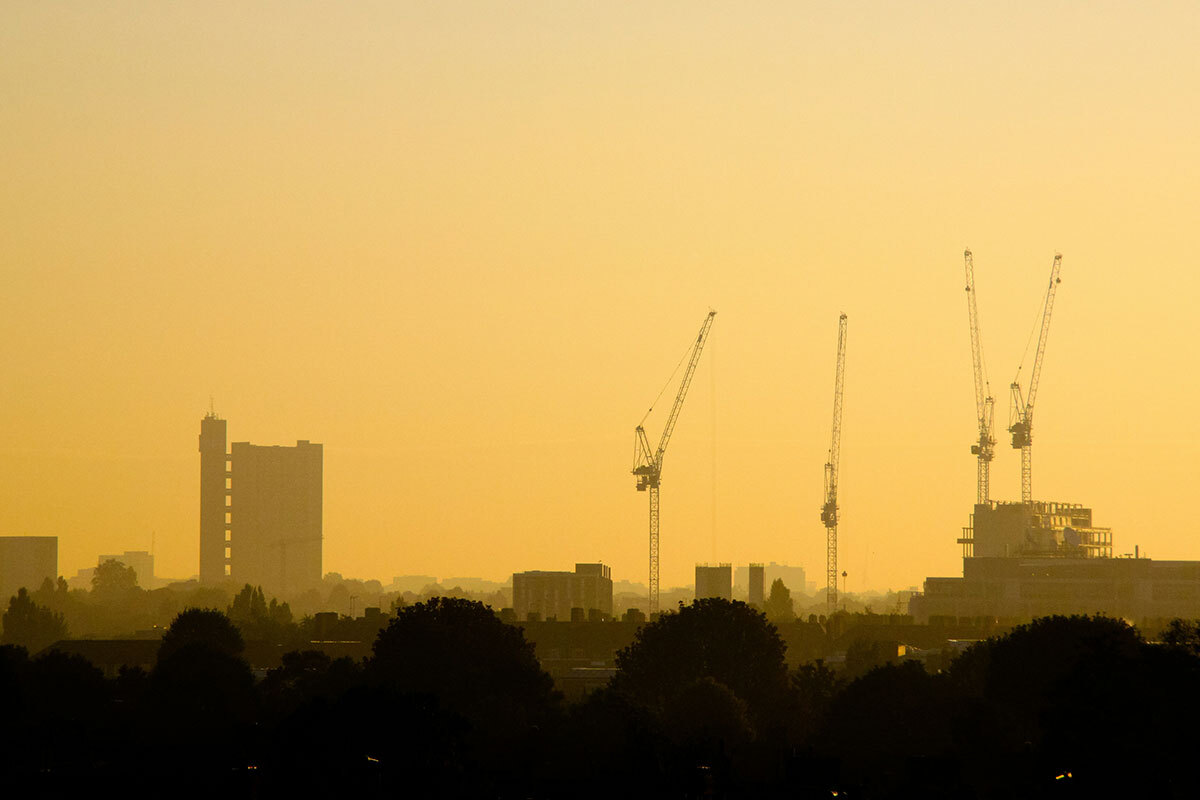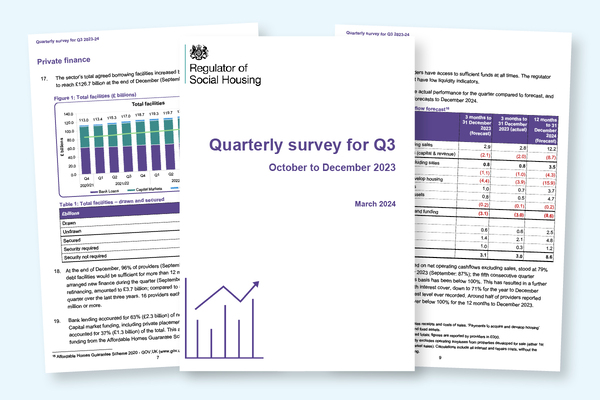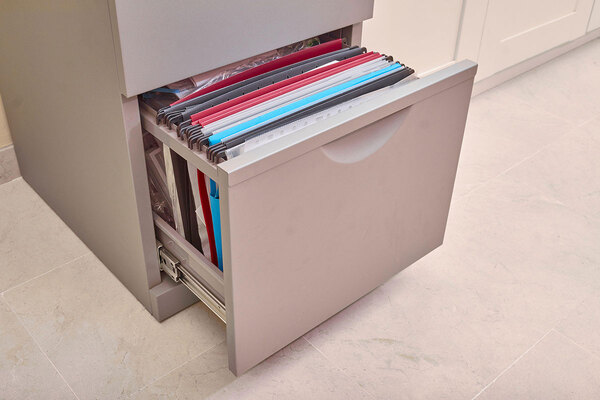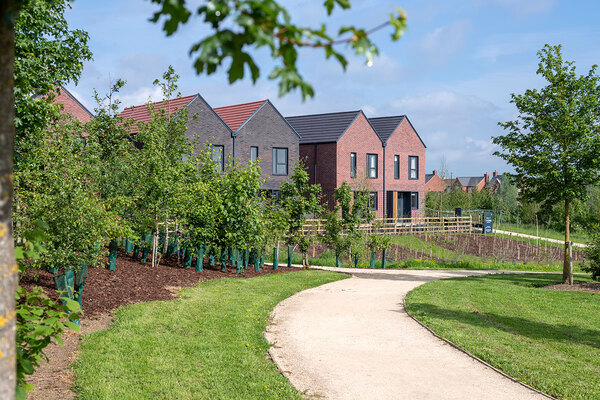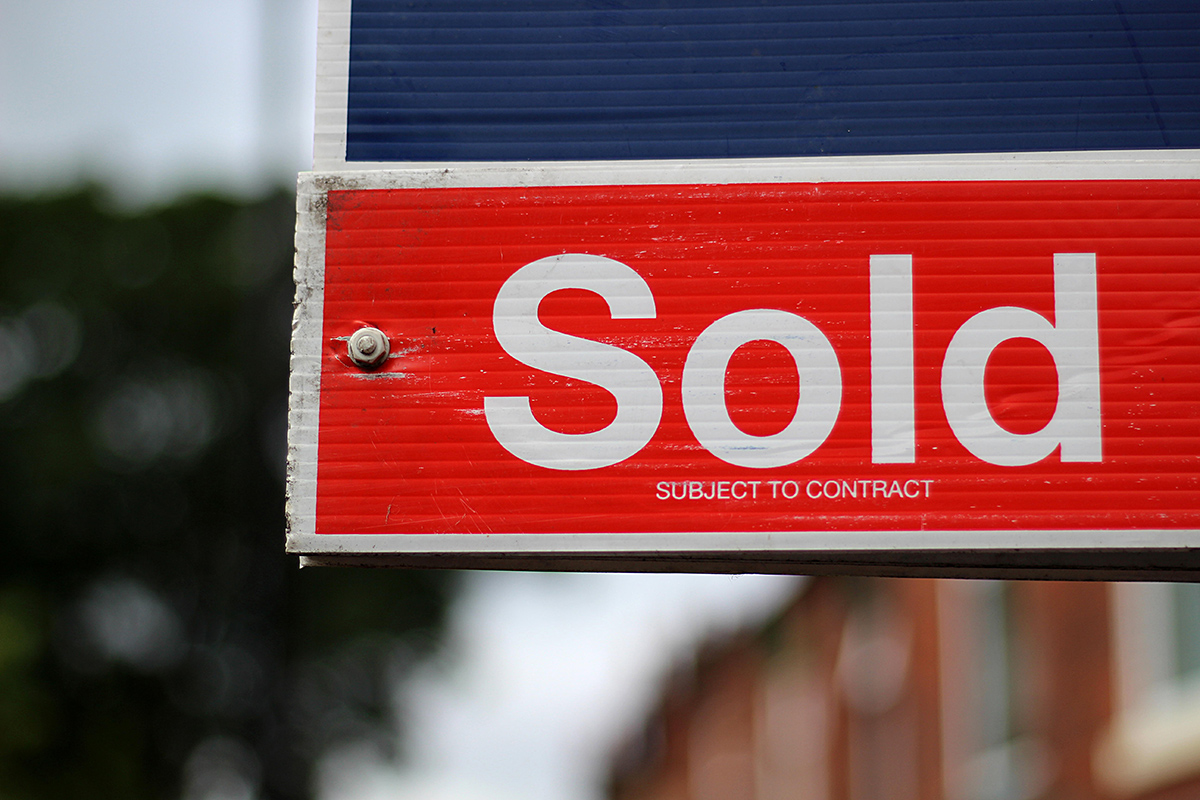You are viewing 1 of your 1 free articles
RSH quarterly survey: planned spend on development down 3%
Housing providers plan to spend £15.6bn on acquiring and developing homes over the next year, a 3% drop from the previous quarter’s forecast.
According to the Regulator of Social Housing (RSH)’s latest quarterly survey, forecasts have reduced by 3%, with 45% of providers having increased forecasts since quarter one and 49% reducing forecasts.
Of the projected spend, 23% is attributable to six providers, each of which is forecasting over £400m expenditure over the next 12 months.
For-profit providers account for £0.7bn of the overall forecast or 5% of the total.
Between June and September, providers spent £3.2bn on building and acquiring new homes, down from £3.5bn in the previous quarter.
In the 12 months to September, landlords invested £13.7bn into acquiring and developing new homes, down from 14.6bn the previous year.
“This is the third consecutive quarter where the rolling total 12-month development spend has reduced, following a period of 18 months where outturn expenditure increased to record levels,” the report said.
A total of 23 providers each reported expenditure in excess of £200m over the year, together accounting for 56% of the sector total.
Providers spent £2.1bn on repairs and maintenance over the quarter and £8.4bn in the year up to September, with a further £9.6bn forecast for the next 12 months.
The proportion of providers reporting delays or changes to repairs and maintenance programmes stood at 47%, up from 43% in the previous quarter.
The report said: “From the cohort of providers reporting delays, almost a quarter stated difficulties in recruiting skilled contractors in specialist areas and maintaining existing staff as being key drivers.
“Demand for damp and mould work remains high, with providers experiencing an increase in volume of responsive repairs.”
The English regulator reported that while cash balances remain at historically low levels, investment in the sector remains “robust”, with £3bn of new finance arranged in the quarter.
Balances increased by £0.5bn during the quarter to £4bn and are expected to reduce to £2.7bn by September 2025.
Total cash and undrawn facilities reached £34.5bn, which is enough to cover forecast interest costs, loan repayments and development for the next year.
The sector’s total agreed facilities reached £131.9bn at the end of September.
The RSH reported that social landlords are “constrained by competing spending priorities”, specifically the twin challenges of “building new homes for the future while making much-needed investment to tenants’ homes”.
Cash interest cover is forecast to drop to a record low of 70% over the next year due to a projected rise in spending on repairs, maintenance and high interest costs.
According to the report, market sales have increased from the record low level that was recorded in the previous quarter. However, it said the 658 sales are still “substantially below the three-year average of 988 sales per quarter”.
Will Perry, director of strategy at the RSH, said: “Providers are continuing to invest record amounts in existing homes, including on critical health and safety priorities such as fire safety and damp and mould.
“Many landlords are grappling with tighter financial headroom, but the sector overall is still continuing to build new homes for the future.
“Effective financial governance and cashflow management is essential to enable landlords to avoid difficulties and continue to deliver for their current and potential tenants.
“These quarterly surveys, alongside our inspection programme and annual stability checks, play a vital role in our scrutiny and financial regulation which is key for maintaining confidence in the sector.”
Sign up for our development and finance newsletter
Already have an account? Click here to manage your newsletters
